(Périgueux 1887 – Domme 1973)
Flowers in a vase
Oil on canvas
H. 55 cm; W. 46 cm
Signed lower right
Provenance: Offered by the artist to his nephew.
A discreet painter with regard to history, Raymond Dufrêne was born in Périgueux in 1887, before his family moved to Paris. There he trained at the Beaux-Arts where he met his wife, also an artist, from a family of sculptors, the Carillons. Dufrêne then became the artistic director of the famous Galerie Marcel Bernheim in Paris, which at the time presented contemporary figurative painters. He would obviously be linked to all the artists he presented on its walls. One of his sons, François Dufrêne (1930-1982) was also a painter, part of the creators of the New Realists group alongside Yves Klein, Tinguely, Arman, Restany, etc. Dufrêne exhibited at the Société des Beaux-Arts in Paris but sold his paintings only by word of mouth. His descendants tell us of prices around 3,500 Francs in 1965. He is particularly renowned for his still lifes, many of which he sold in Japan where he was nicknamed the painter of flowers. Japanese museums have works by the artist, as does the one in Brantôme. Raymond Dufrêne settled in Dordogne around 1955, very close to the Combarelles cave in Les Eyzies. He painted the region every day, mainly the effects of light on the limestone cliffs. This true lover of the Dordogne travelled with a small three-wheeler which allowed him to bring his family with him to the places where he created his works during the school holidays. He also painted in a studio set up in this house. Dufrêne is therefore not unknown to collectors in the region since works from our tèrra can be found in many houses in Périgord and have yet to be discovered.
This painting from the 1960s is among the most sober and luminous produced at the end of his life in Périgord. Dufrêne works here with a light, low-contrast palette which takes him away from the proximity of painters such as Lucien de Maleville and Maurice Albe in the 1920s. Our still life with Japanese accents does not detract from his nickname of painter of flowers. The composition is sober and luminous, like the landscapes that Dufrêne produced at that time.


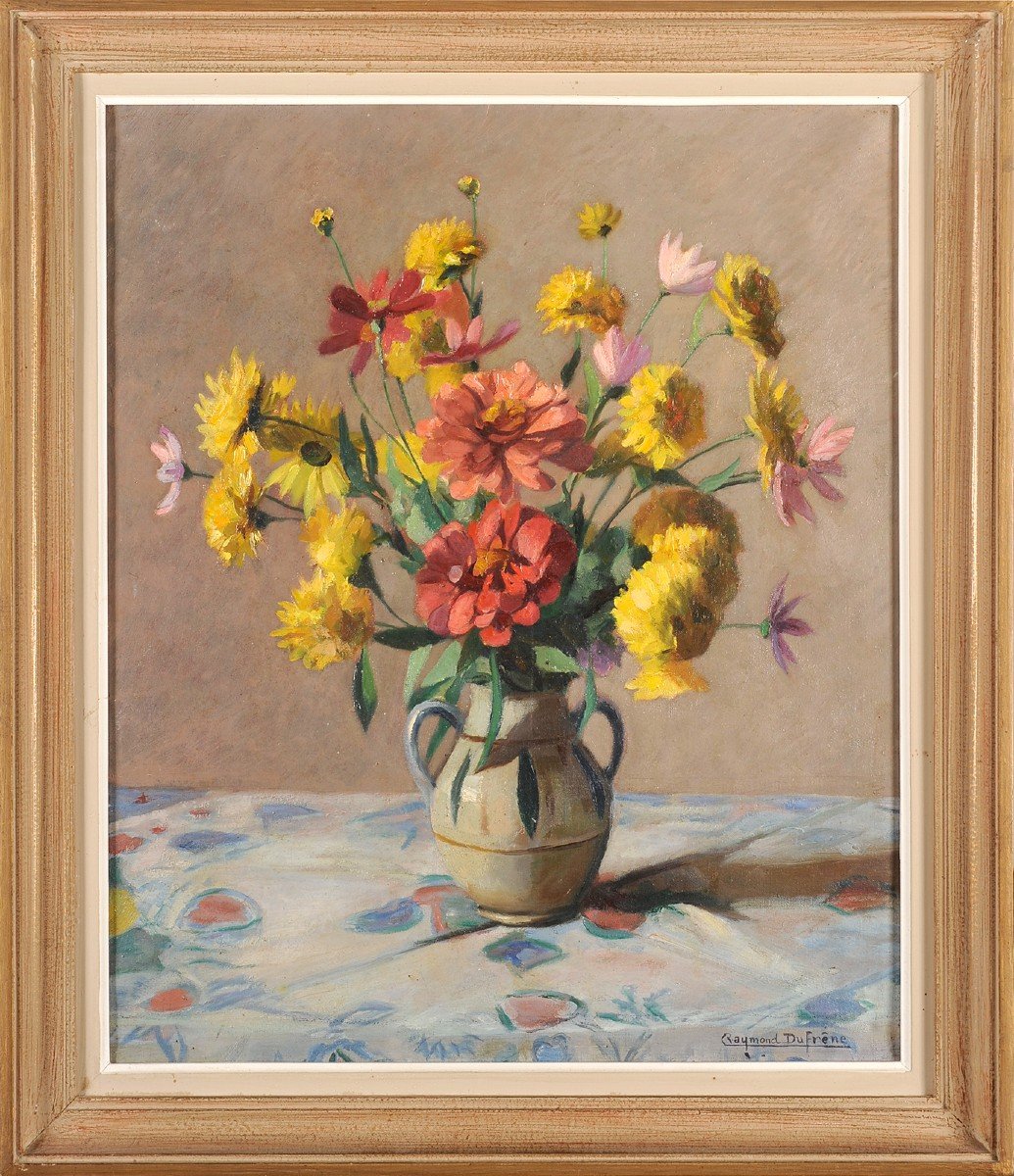

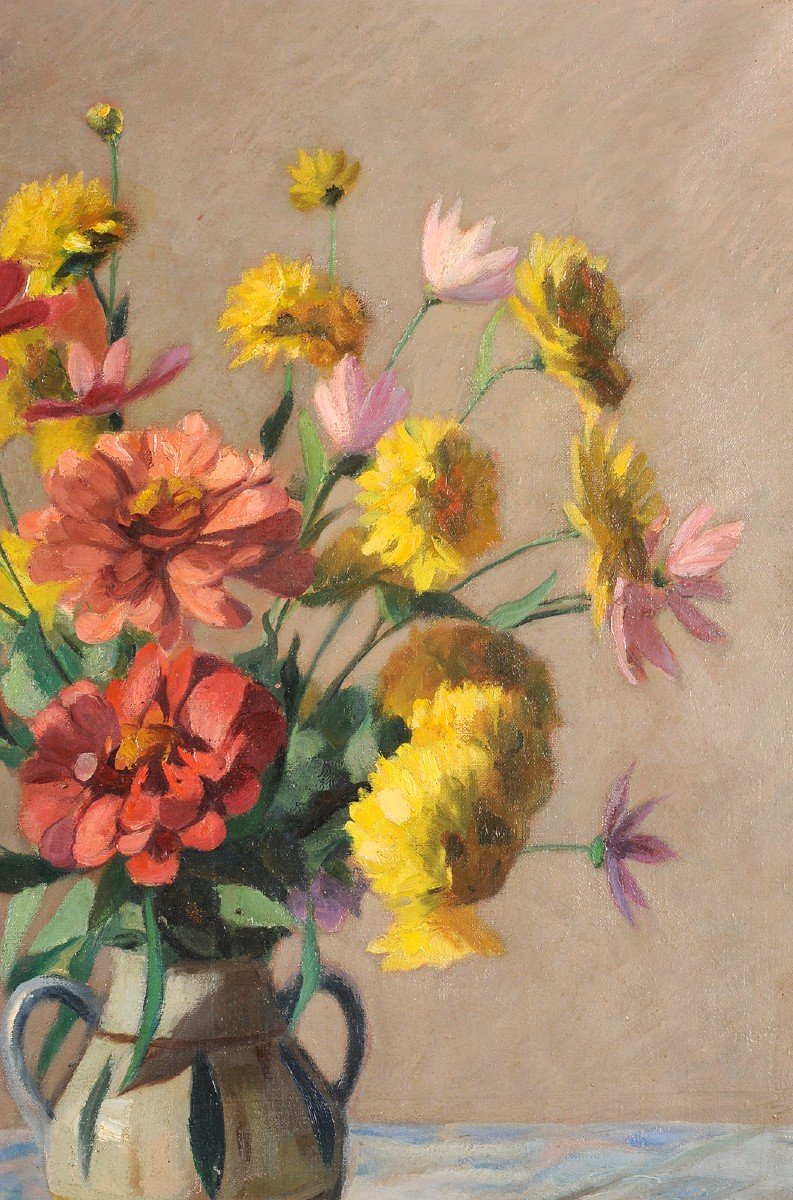
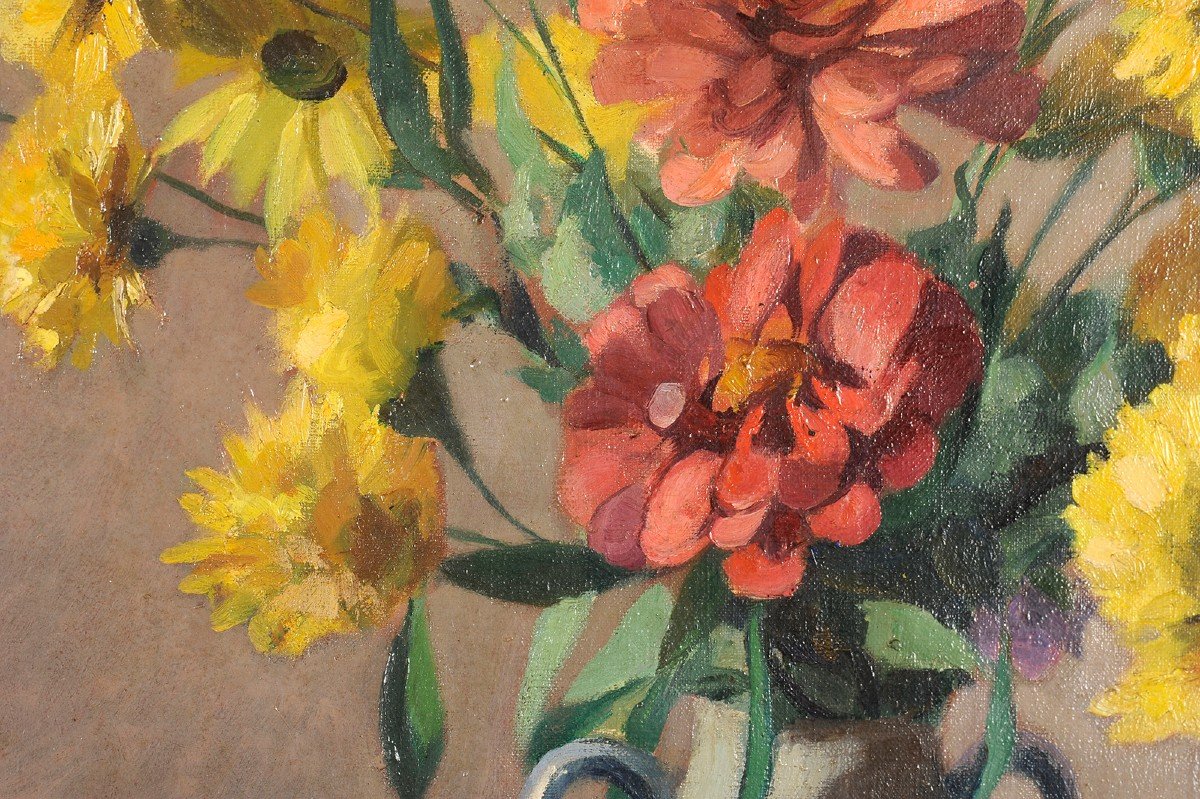











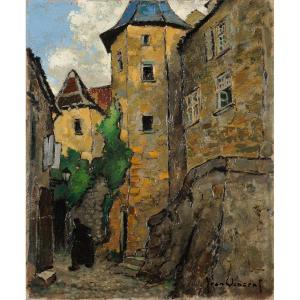



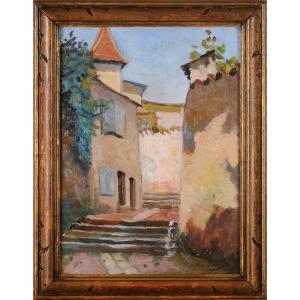


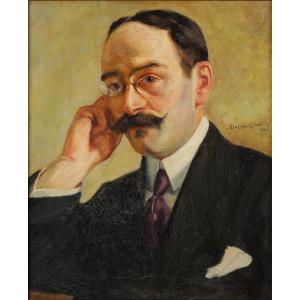
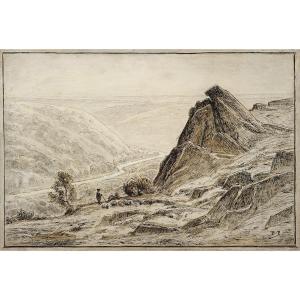
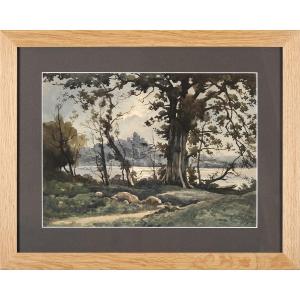
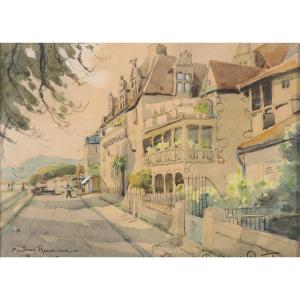
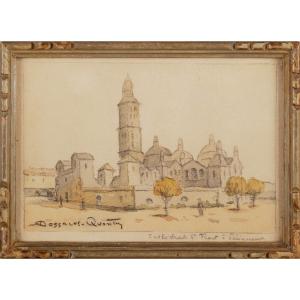
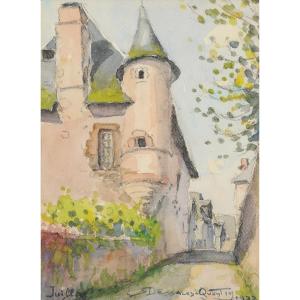

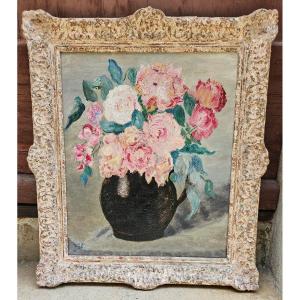






 Le Magazine de PROANTIC
Le Magazine de PROANTIC TRÉSORS Magazine
TRÉSORS Magazine Rivista Artiquariato
Rivista Artiquariato